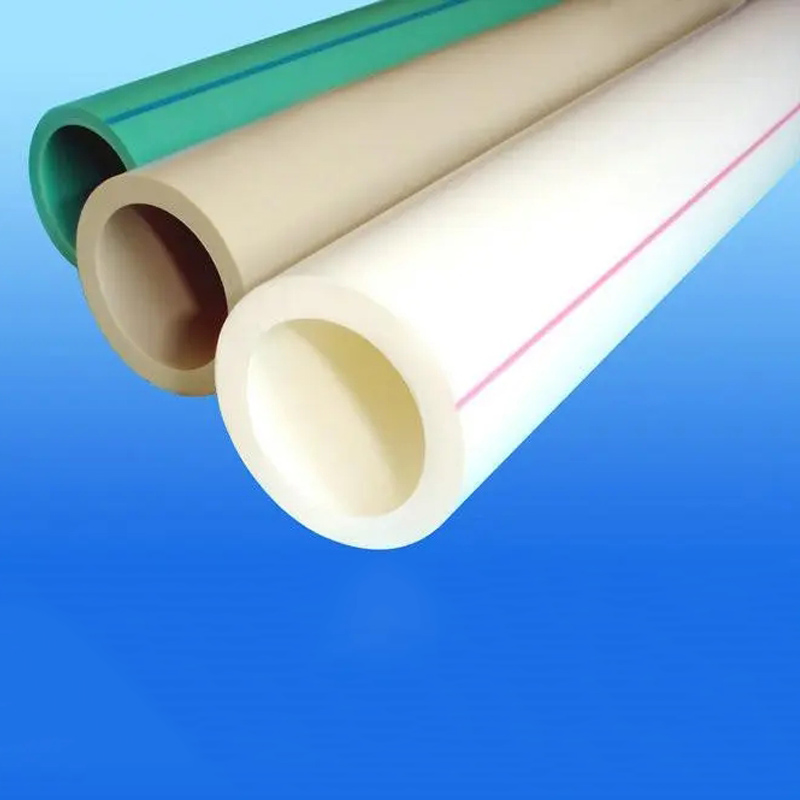Dec . 07, 2024 01:52 Back to list
pvc to hdpe pipe connection products
Connecting PVC to HDPE Pipes Understanding the Options and Techniques
In the world of plumbing and piping systems, the need for versatility and compatibility is paramount. Two commonly used materials in this domain are Polyvinyl Chloride (PVC) and High-Density Polyethylene (HDPE). While each material has its distinct properties and applications, there are situations where connecting PVC to HDPE pipes becomes necessary. Understanding the available products and techniques for making these connections is vital for ensuring system integrity and performance.
Overview of PVC and HDPE
PVC pipes are widely recognized for their rigidity and durability. They are commonly used in plumbing, drainage, and various industrial applications due to their resistance to corrosion, chemicals, and UV exposure. PVC systems are also relatively cost-effective and easy to install, making them a preferred choice for many contractors and engineers.
On the other hand, HDPE pipes offer distinct advantages such as flexibility, lightweight design, and high impact resistance. They are particularly effective in applications requiring significant movement, such as in areas with shifting soils. HDPE’s resistance to chemicals and biological growth also makes it a favored option for water distribution and agricultural applications.
The Need for Connection
In various scenarios, professionals may need to connect PVC and HDPE pipes. This could be due to existing infrastructure limitations, material cost considerations, or the distinct functionalities of both materials in specific projects. For example, a plumbing system may require a transition from a rigid PVC pipe that is already installed to a flexible HDPE section to accommodate environmental changes.
To ensure a successful connection, it is crucial to understand the appropriate methods and products available for this purpose.
Methods for Connecting PVC to HDPE
1. Mechanical Fittings One of the most common and effective methods for connecting PVC to HDPE is through mechanical fittings. These fittings, which can be found in various configurations (such as couplings, tees, and elbows), allow for a secure connection without the need for extensive modifications to the existing pipework. Mechanical fittings typically use compression methods or clamps to join the two different materials securely.
2. Transition Fittings Special transition fittings are designed specifically for connecting dissimilar materials like PVC and HDPE. These fittings often feature a smooth interior to facilitate flow and reduce friction losses, enhancing system efficiency. Transition fittings are available in various sizes and configurations, making them versatile for different applications.
pvc to hdpe pipe connection products

3. Heat Fusion When working with HDPE pipes, heat fusion is an effective technique for creating a permanent bond; however, it typically cannot be used directly with PVC. Instead, one would use a transition fitting to connect PVC to a compatible HDPE fitting before applying heat fusion techniques to the HDPE components. This method ensures a strong and leak-free connection in the HDPE section of the system.
4. Solvent Cement While PVC pipes can be joined using solvent cement, it is not compatible with HDPE materials. Therefore, this method would not be applicable for direct connections between the two pipe types. It's imperative to be cautious when considering the use of solvents, as they can compromise the integrity and resilience of HDPE.
Considerations for Connection
When connecting PVC and HDPE pipes, several factors must be considered
- Pressure Ratings Ensure that both the PVC and HDPE components have compatible pressure ratings suitable for the application. This will help avoid failures due to pressure discrepancies.
- Thermal Expansion Both materials expand and contract at different rates with temperature changes. Proper allowances for thermal expansion should be made in design considerations to prevent future issues.
- Chemical Compatibility Verify the compatibility of the pipes and the connection materials with the substances being transported to avoid chemical degradation.
- Regulatory Compliance Always adhere to local plumbing codes and standards when installing or modifying piping systems. This can ensure safety and legal compliance.
Conclusion
Connecting PVC to HDPE pipes is a practical solution for various plumbing and drainage challenges. By utilizing appropriate connection methods such as mechanical fittings, transition fittings, and understanding the properties of both materials, professionals can create reliable and effective piping systems. Considering factors like pressure ratings, thermal expansion, and chemical compatibility will further enhance the longevity and performance of these connections in real-world applications. As the demand for versatile piping solutions continues to grow, mastering the art of connecting disparate materials will become even more essential for engineers and contractors alike.
-
High-Quality PVC Borehole Pipes Durable & Versatile Pipe Solutions
NewsJul.08,2025
-
High-Quality PVC Perforated Pipes for Efficient Drainage Leading Manufacturers & Factories
NewsJul.08,2025
-
High-Quality PVC Borehole Pipes Durable Pipe Solutions by Leading Manufacturer
NewsJul.08,2025
-
High-Quality PVC Borehole Pipes Reliable PVC Pipe Manufacturer Solutions
NewsJul.07,2025
-
High-Quality UPVC Drain Pipes Durable HDPE & Drain Pipe Solutions
NewsJul.07,2025
-
High-Quality Conduit Pipes & HDPE Conduit Fittings Manufacturer Reliable Factory Supply
NewsJul.06,2025

